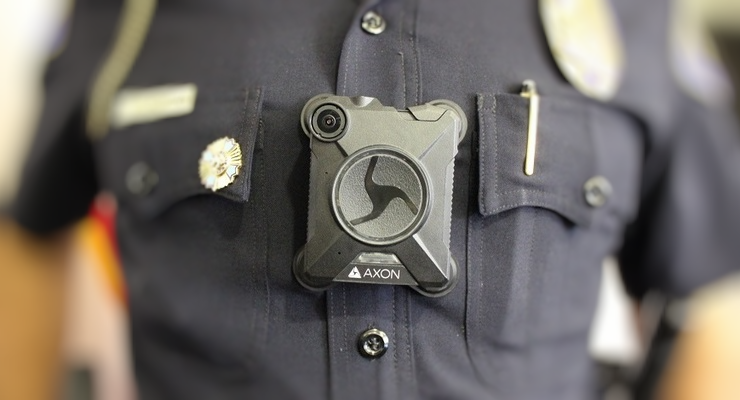A Pasadena-based scientist along with an international team of astronomers has charted the rise and fall of galaxies in over 90 percent of the universe’s cosmic history, an accomplishment published recently by The Astrophysics Journal.
Eric Persson, of the Carnegie Observatories in Pasadena, built the instruments used in the FourStar Galaxy Evolution Survey (ZFOURGE) which created multicolored photos of galaxies as they swelled from their humble beginnings as dust clouds into the grandiose giants they are now, according to a statement released by Carnegie Science to the media.
Astronomers at the Carnegie Observatories, situated on quiet Santa Barbara Street off North Lake Avenue, have played a pivotal role ion the past century of astronomy. Carnegie astronomers continue to play a pivotal role in studying and understanding the early universe.
To create the photos, Persson and the team of scientists had to measure distance and brightness of over 700,000 galaxies spanning 12 billion years of cosmic time, according to the release.
The team then used infrared detecting filters and took images with them using the Baade Telescope in Las Campanas, Chile, creating a 3D map which revealed that galaxies have existed as early as 12.5 years ago, less than 10 percent of universe’s current age.
“Perhaps the most surprising result is that galaxies in the young universe appear as diverse as they are today, when the universe is older and much more evolved, “ said lead author Caroline Straatman in the press release, a recent graduate of Leiden University. “The fact that we see young galaxies in the distant universe that have already shut down star formation is remarkable.”
According to the press release, the ZFOURGE has given scientists the best view of our universe’s youth yet. In the study’s earliest stages, the team found a cluster of galaxies formed 11 billion years ago, which they dubbed “galaxy city.”
“The combination of FourStar, the special filters, Magellan and the conditions at Las Campanas led to the detection of the cluster,” said Persson in the media statement. “It was in a very well-studied region of the sky — hiding in plain sight.”
The Carnegie Observatory first opened in Pasadena in 1904 as the Mount Wilson observatory, where Edwin Hubble transformed our notions of space with his famed telescope.
For more, see http://obs.carnegiescience.edu/














 0 comments
0 comments



